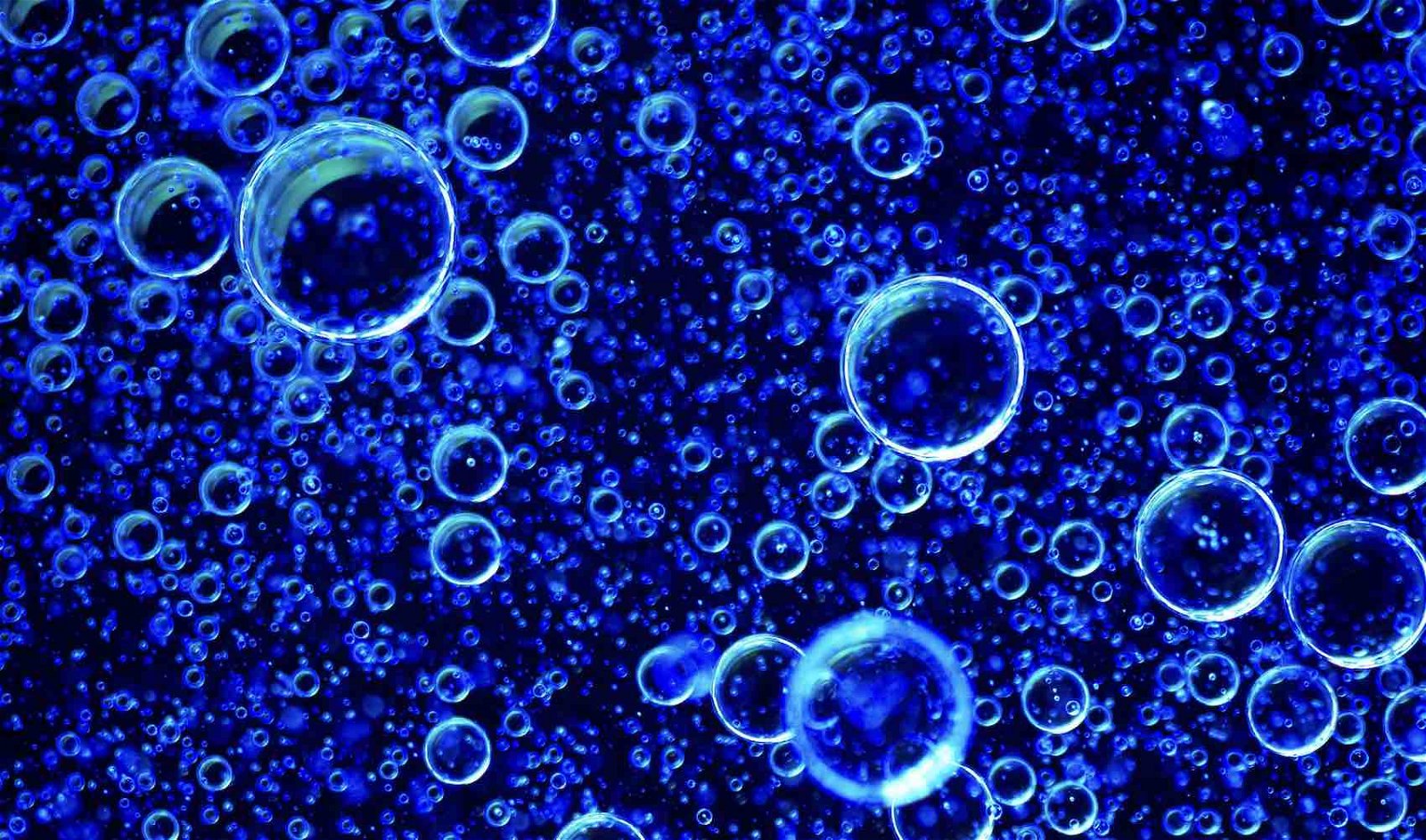The Defense Advanced Research Projects Agency (DARPA) has announced a new program aimed at developing unique electrode materials that can be used to produce a magnetohydrodynamic (MHD) drive for the U.S. military.
Called the Principles of Undersea Magnetohydrodynamic Pumps (PUMP) program, the new initiative will draw from physics modeling and simulations in the areas of electrochemistry, hydrodynamics, and magnetics to develop a prototype of the new technology.
On May 31, DARPA’s Defense Sciences Office will host a Proposer’s Day, where it will provide additional information on the program, according to a Contract Opportunity posting the agency placed online. The event will be held in Arlington, Virginia, and will be made accessible online.
The program’s roots go back to the height of the Cold War when efforts to produce quiet water-based propulsion without propellers or other moving components became a focus of both military and civilian efforts.
One possible way that seemed feasible for this involved using magnets and electric currents to generate propulsion that could move stealthily through the water while eliminating the necessity for moving parts.
Since that time, smaller-scale magnetohydrodynamic drive technologies have been shown to work as a proof of concept, although scaling them up for use in practical applications has proven far more difficult.
There are several equally complicated reasons for this, ranging from the difficulty in producing electrode materials that can withstand the degradation that occurs when producing magnetic fields and electric current within saltwater environments. Another involves producing magnetic fields powerful enough hin the first place that can power the pumps needed for such propulsion mechanisms.
Fortunately, efforts over the last few years have yielded a few remarkable successes in overcoming the problem of generating high-powered magnetic fields. According to PUMP program manager Susan Swithenbank, advances within the commercial fusion industry have led to the production of rare-earth barium copper oxide magnets capable of generating magnetic fields strong enough that they could reach 90% efficiency if deployed in any prospective magnetohydrodynamic drive.
“The best efficiency demonstrated in a magnetohydrodynamic drive to date was 1992 on the Yamato-1, a 30m vessel that achieved 6.6 knots with an efficiency of around 30% using a magnetic field strength of approximately 4 Tesla,” Swithenbank stated in a DARPA press release.
Despite such breakthroughs in magnetic power generation, the lingering problems with the corrosion of electrodes have persisted. However, Swithenbank says the program she now oversees “aims to achieve a breakthrough to solve the electrode materials challenge.”
When electric currents and magnetic fields interact with saltwater, gas bubbles are produced over the surfaces of electrodes, which reduce their efficiency and cause erosion, all of which are issues PUMP will work to overcome by incorporating breakthroughs in the battery industry, where unique material coatings have successfully helped overcome this problem.
To bring such technologies to fruition, Swithenbank says the 42-month program will be drawing from specialists from “all fields covering hydrodynamics, electrochemistry, and magnetics” in an effort to produce a workable—and scalable—MHD prototypes, which could involve one of two different approaches to the problem.
One, a conductive approach, would rely on a system that produces a conductive current between a pair of electrodes contained within a magnetic field. In contrast, a second inductive approach would rely on variances in time with the magnetic fields and electric currents it produces.
Ultimately, the program will assemble groups of researchers that Swithenbank says will gauge the efficacy of both approaches in helping DARPA “finally realize a militarily relevant scale magnetohydrodynamic drive.”
Micah Hanks is the Editor-in-Chief and Co-Founder of The Debrief. He can be reached by email at micah@thedebrief.org. Follow his work at micahhanks.com and on Twitter: @MicahHanks.

